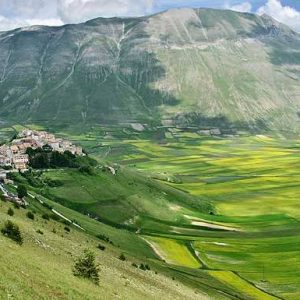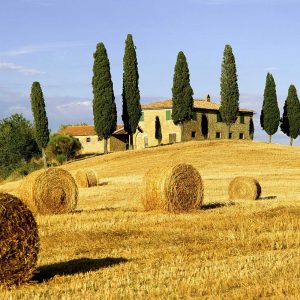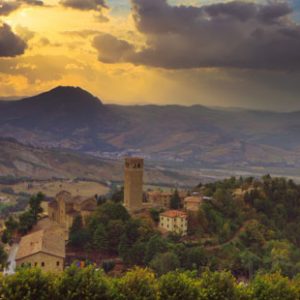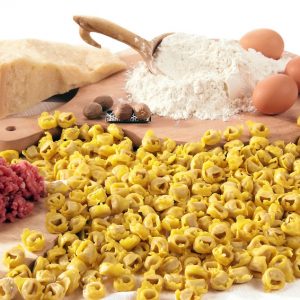The Etruscans and the Central Regions
The regions of Emilia, Tuscany, Latium, Corsica and part of Campania were inhabited since prehistoric times by the Etruscan, a people of which there are no clear historical accounts of their provenience, their evolution or their mysterious language. The Etruscans had a religious respect for the dead and the occult. There was a prophecy that the Etruscan people were going to fade away and when in the fifth century BC the Etruscan civilization began to decline it was interpreted as a fulfillment of the prophecy which made the defeats suffered by the Romans accepted with passiveness and stoicism.
The Roman kingdom was founded by the Etruscans. They developed and transformed the farmland of the Seven Hills of Rome into an important city, ruled by Etruscans.
The kings of Rome who had been trying to disassociate from the Etruscans were in continuous belligerencies with them and in the year 510 BC, in alliance with the Greeks from Syracuse defeated the Etruscans at Veius, (Veio in Italian) a rich and prosperous Etruscan town 10 miles North-West of Rome.
The Etruscan were driven out of the region of Latium and in time the Romans conquered most of the Etruscan cities in spite of an attempt by the Etruscan in the forth century BC, to defend their independence, when they allied with the Samnites and other inhabitants of the peninsula to be defeated again.
Years later with a peace treaty, the Romans took over completely as far North as the Po’ river. The Etruscans disappeared as a political entity: their civilization and their culture were absorbed and it became patrimony of Rome.
In the field of cooking, the legacy left by the Etruscan survives to our current days and has been inherited in the cooking of the Emilians, the Tuscans, the Romans, the Corsicans and it pervades in French cooking.
The mush made with grain fed the Etruscan and the italic population for centuries. In Tuscany and Corsica the grain was at times replaced with the abundant chestnuts and when the corn arrived from America, the mush evolved into polenta. The ways to make cured meats by the Etruscans, with some improvements, are used to the present and many famous dishes are passed on today in the Emilian, Tuscan and Latial cuisine.

Lazio
Rome is the capital of Italy and of the region. The Lazio region is rich with dishes famous and known all over the world. The great number of visitors that have been coming to the “Eternal City”, since Rome was founded

Marche and Umbria
In the territory where the regions of Marche and Umbria are located, they were occupied by the Umbrian and Piceni tribes, long before the Romans dominated the Italian peninsula.

Tuscany
A few words about Tuscany and a description of the following cities: “I Toschi” or Tuscans are the direct descendants of the Etruscan. Tuscany is the heartland of Italy and it has contributed in a great measure to the Italic civilization

Romagna
The south-eastern part of the region Emilia-Romagna is Romagna. The Romans occupied this area around 200 BC and it became a Roman Province.

Emilia
The region of Emilia-Romagna is an area rich of culinary traditions and whose cooking has expanded in Italy and all over the world. The region is famous for the Parmigiano Reggiano cheese and for the rearing of hogs that are fed with the whey leftover in the production of the cheese.
- Sicilian Appetizers
- Sicilian Delicacies
- Baked Delicacies
- Sicilian Pasta Recipes
- Traditional Sicilian Pasta
- Meatless Pasta Recipes
- Legumes and Vegetables Pastas
- Rice Recipes
- Sauces and Condiments
- Meat Recipes
- Seafood Recipes
- Egg Recipes
- Sicilian Salads
- Vegetable Recipes
- Sicilian Desserts
- Wines and Rosolio
- Festino – St. Rosalie's Feast
- Christmas – Natale
- Easter – Pasqua
- Saint Joseph Table
- Recipes of the Italian Regions
- About the Italian Regions
